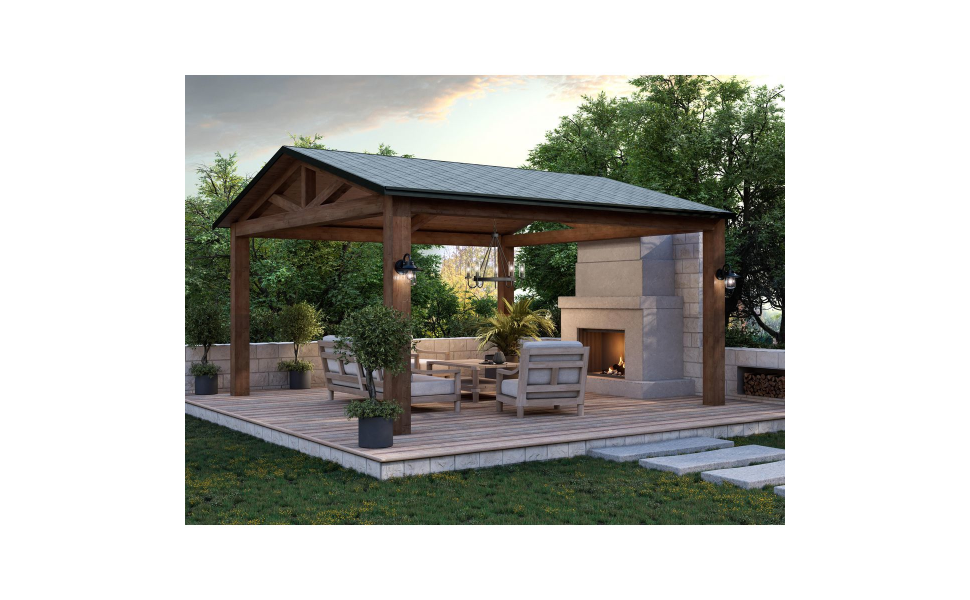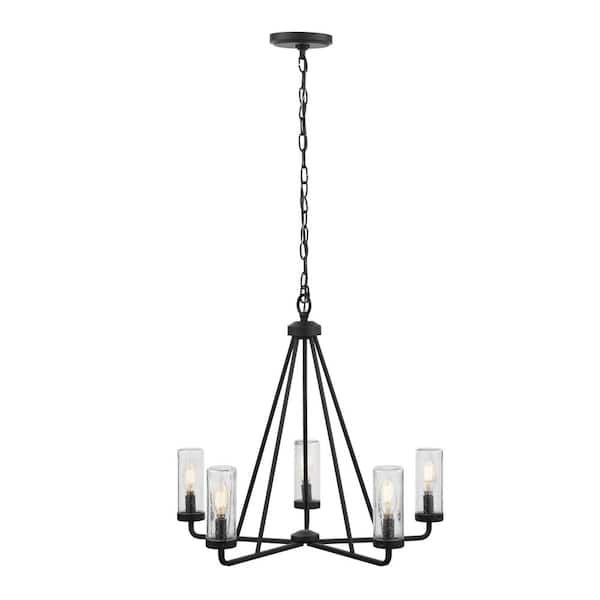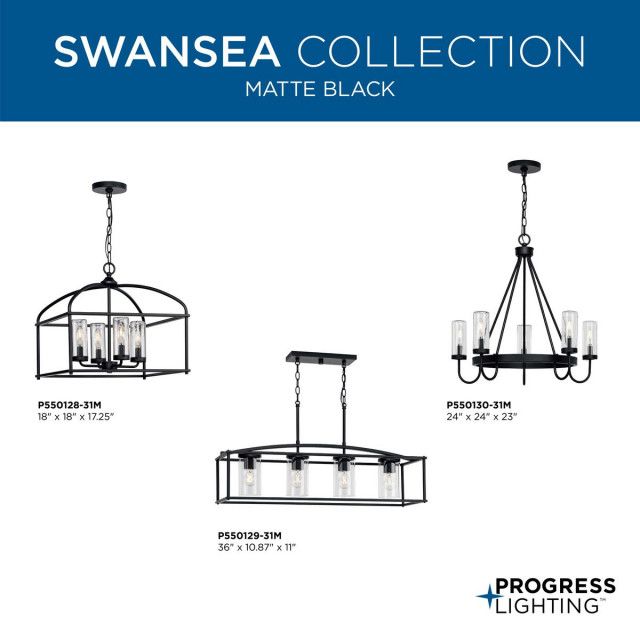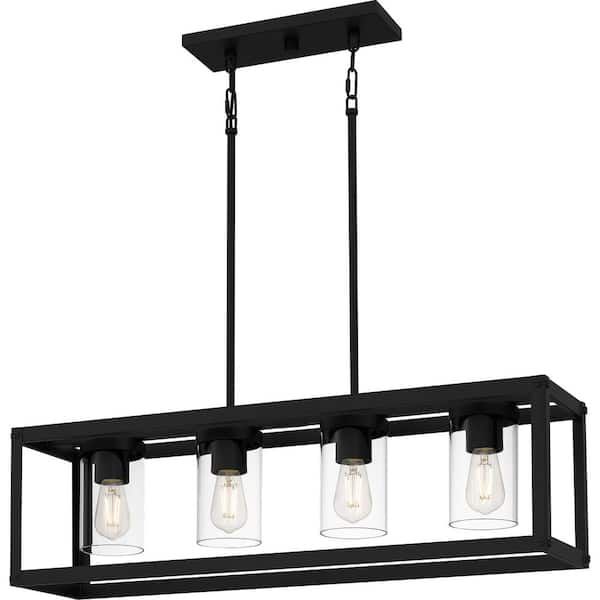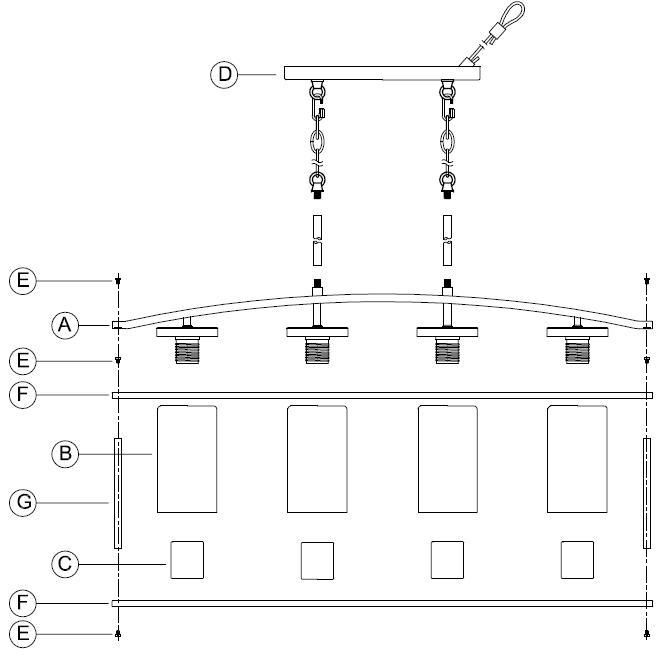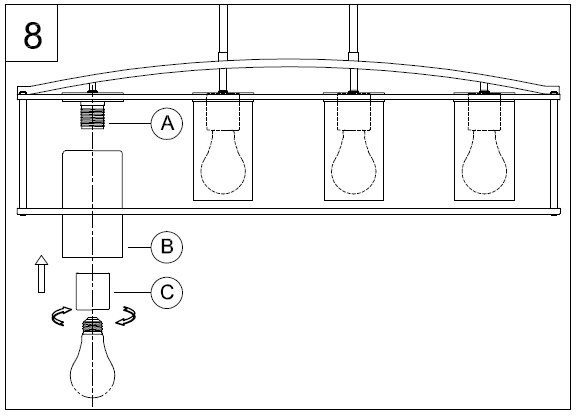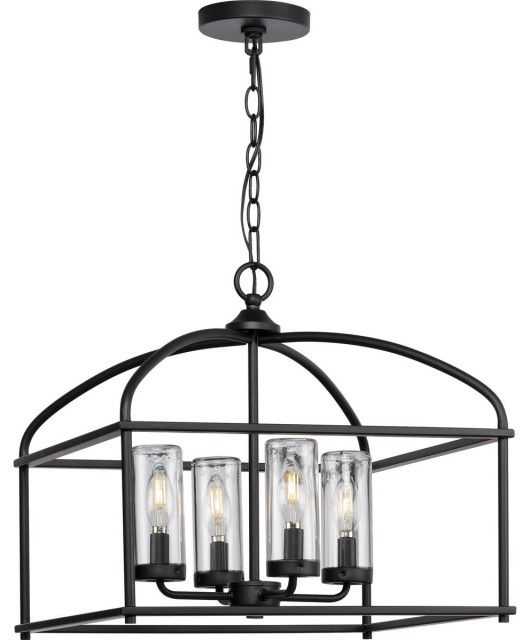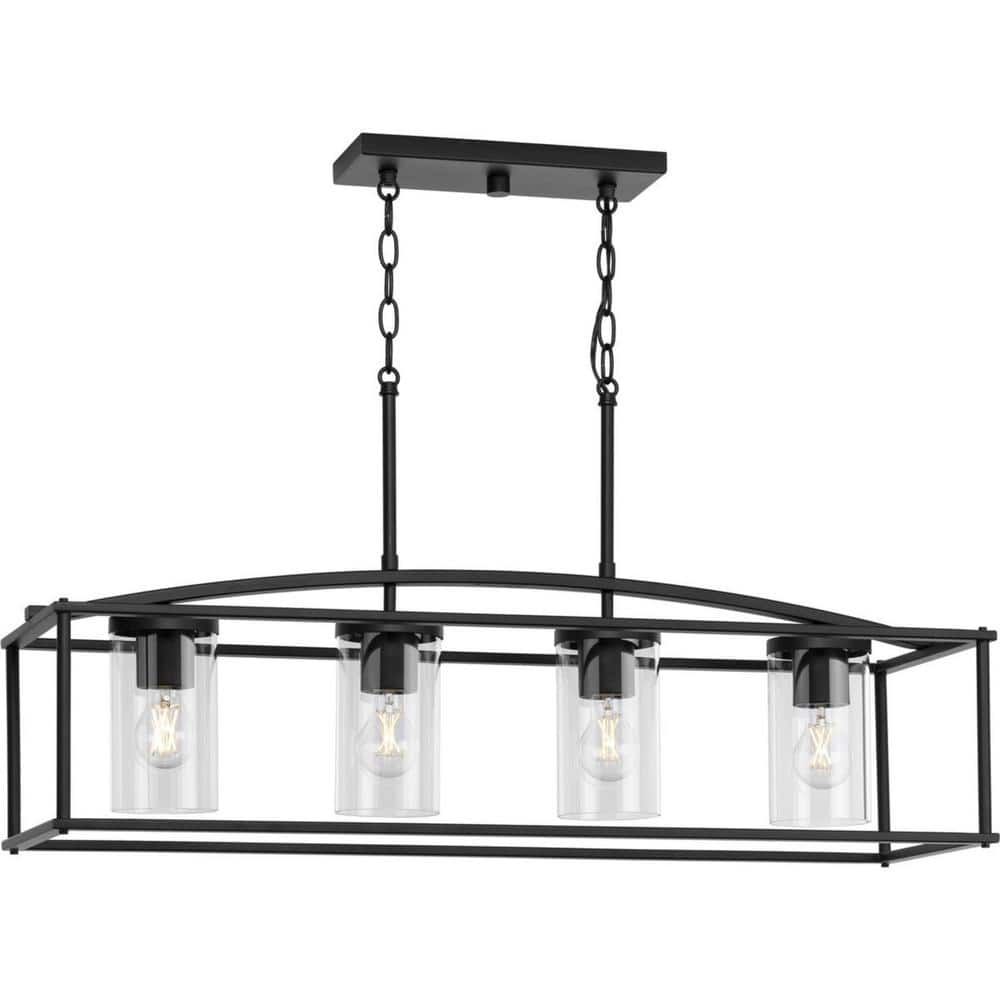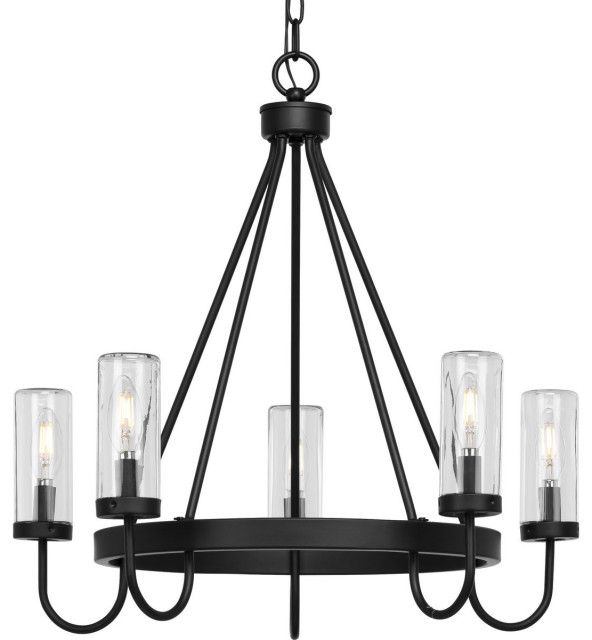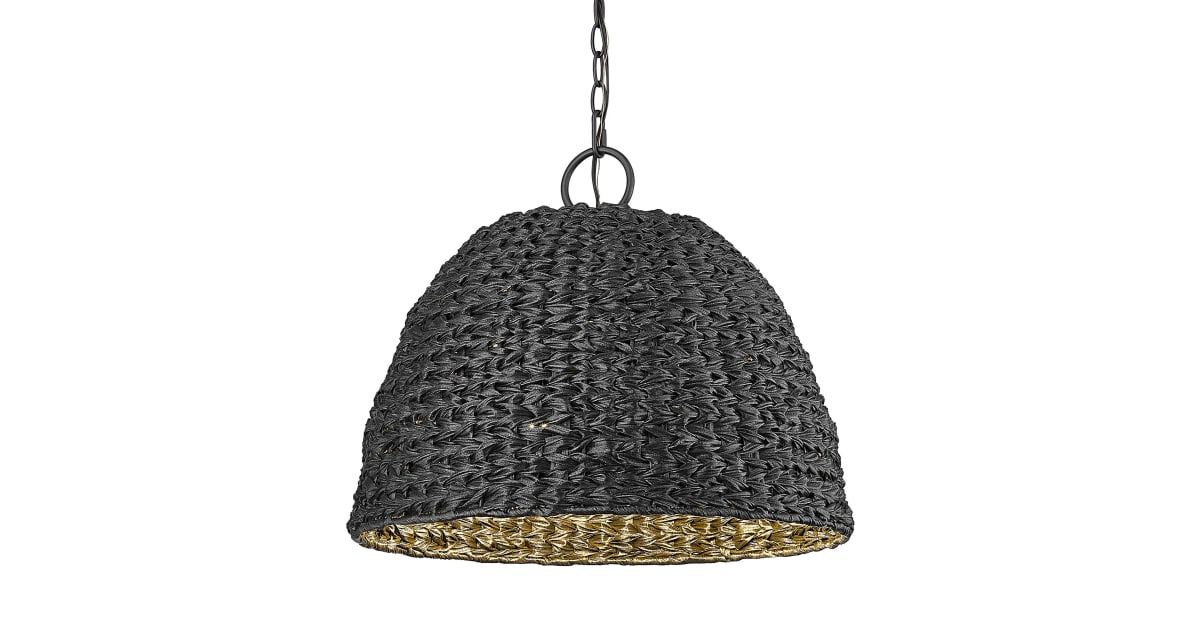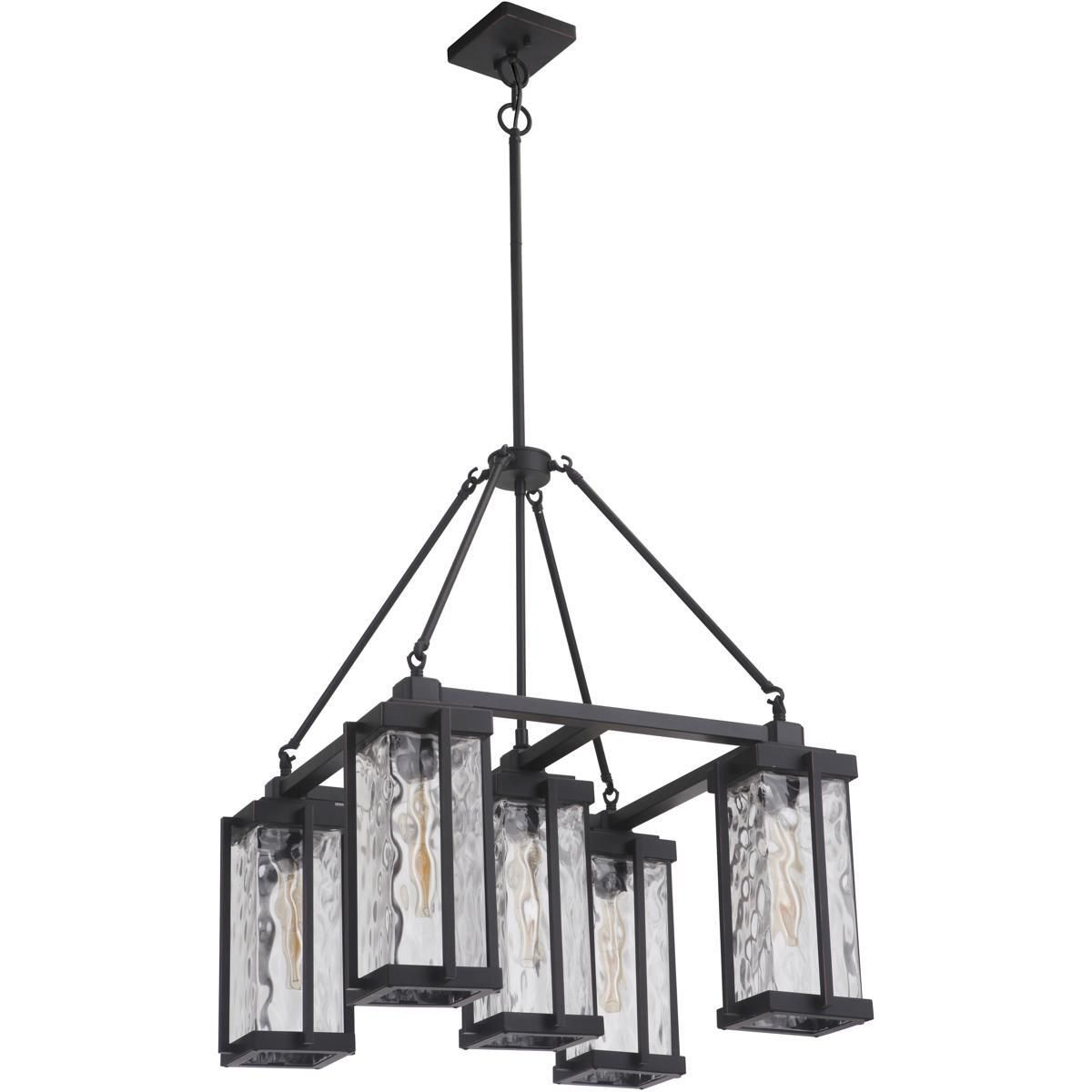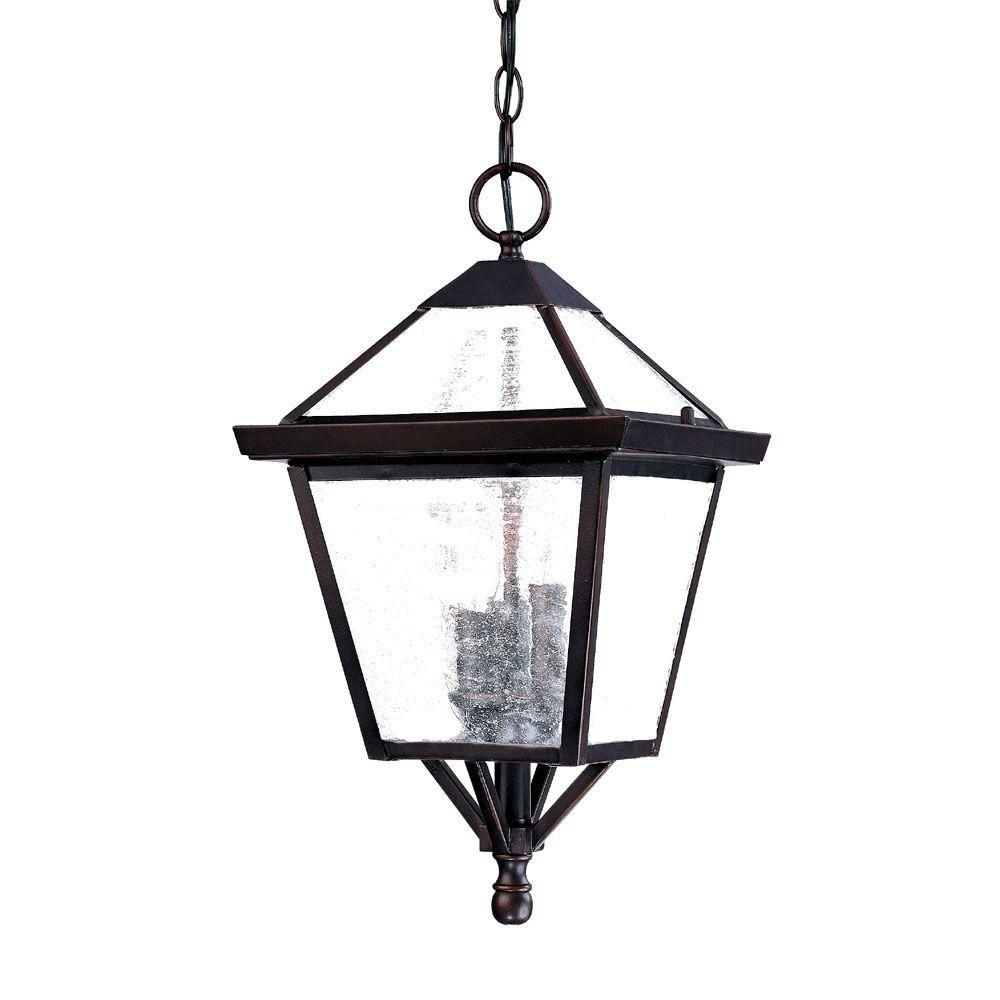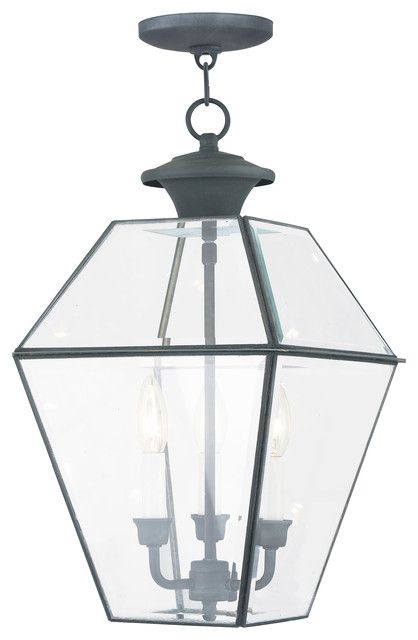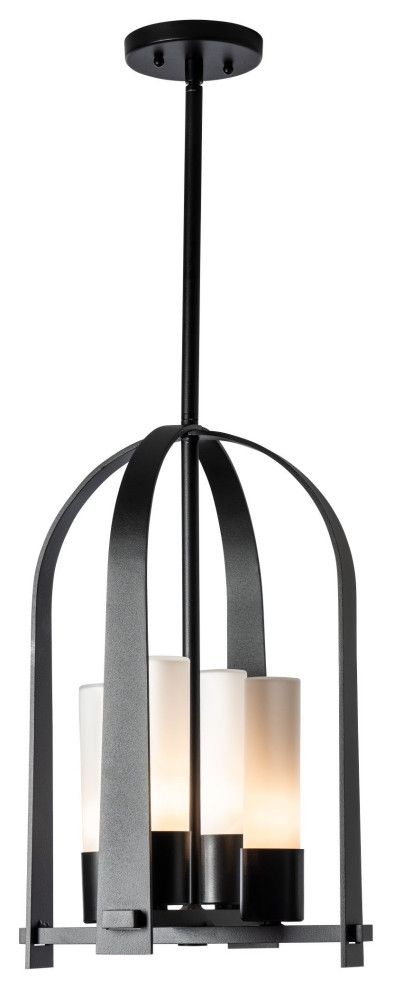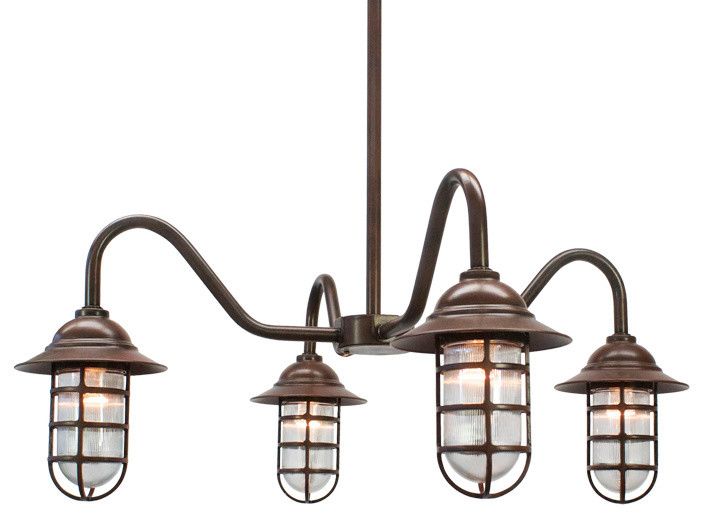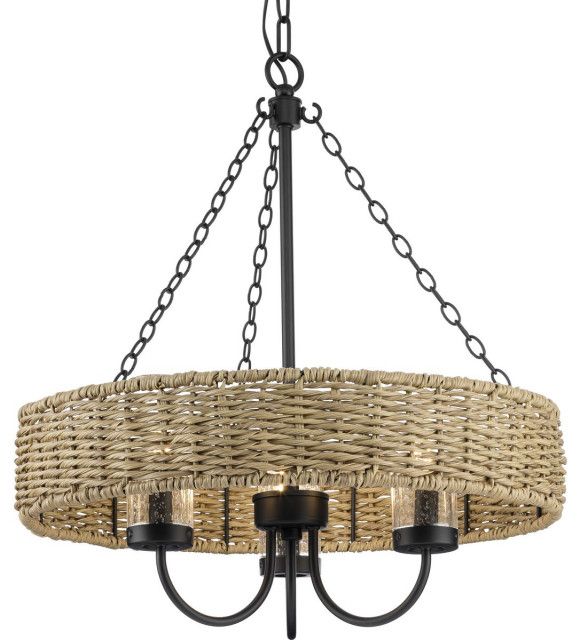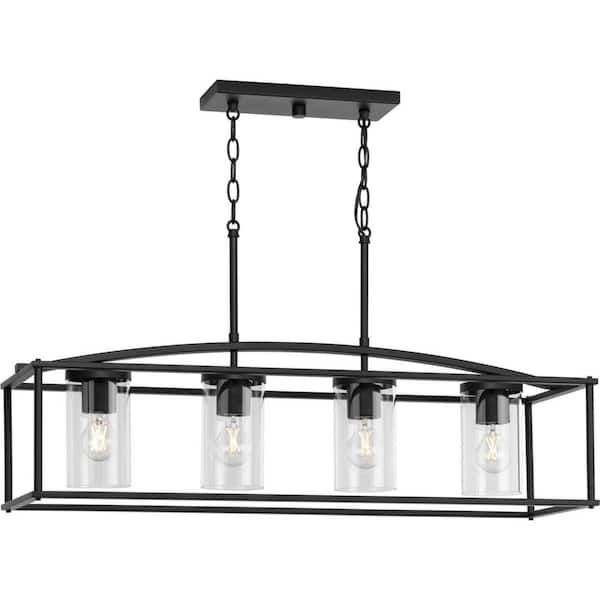Outdoor chandeliers, the idea of them, it’s captivating, isn’t it? They bring a touch of elegance and glamour to patios, porches, and gardens, transforming these areas into inviting extensions of your home. But before you rush out and purchase that stunning fixture, let’s talk about the stuff that really matters: the practical side of things. This isn’t just about picking a pretty light; it’s about understanding the challenges, the electrical demands, and the weather-related considerations that come with installing a chandelier outdoors. Think of this as your comprehensive guide to making your outdoor lighting dreams a reality, safely and effectively. We’ll dive into the nitty-gritty, ensuring you’re well-prepared to tackle this project with confidence and, most importantly, with a clear understanding of what it entails.
So, you’ve envisionned it: a beautiful chandelier hanging gracefully, casting a warm glow over your outdoor dining area or your cozy seating space. The picture is idyllic, I get it. But here’s where the real world steps in. Outdoor chandelier installation isn’t as simple as screwing in a lightbulb. You’re dealing with exposure to the elements – rain, wind, sun, and varying temperatures – all of which can impact your electrical system and the longevity of your fixture. Ignoring these practicalities can lead to a host of problems, from flickering lights and electrical hazards to premature wear and tear. This article is dedicated to helping you avoid those pitfalls, to make sure your outdoor chandelier is not only a beautiful addition to your space but also a safe and long-lasting one.
Weatherproofing Your Investment: Choosing the Right Fixture
The first, and arguably most important, consideration is weather resistance. Your chandelier must be rated for outdoor use. Look for ratings such as ‘wet-rated’ or ‘damp-rated.’ Wet-rated fixtures are designed to withstand direct exposure to rain and snow, while damp-rated fixtures are suitable for covered areas like porches. Check the Ingress Protection (IP) rating, too. This two-digit number indicates how well the fixture is sealed against solids (the first digit) and liquids (the second digit). For example, an IP65 rating means the fixture is dust-tight and protected against water jets. And, to be frank, don’t skimp on quality here. A cheaper, poorly made fixture might look enticing initially, but it’s likely to fail much sooner than a higher-quality, weather-resistant one. Consider the materials as well; stainless steel, brass, and specific types of outdoor-grade plastics are all good choices. Examples? Well, imagine a coastal home; you’ll need a fixture that can withstand salt spray and constant sea air, which is a very different requirement than a chandelier installed in a sheltered backyard. A well-chosen fixture is the cornerstone of a successful installation.
Electrical Safety First: Wiring and Installation
Electrical safety is non-negotiable. Unless you’re a certified electrician, hire one for the installation. This isn’t a DIY project where you can afford to cut corners. Your electrician will ensure that the wiring is up to code, the connections are secure, and the fixture is properly grounded. They’ll also be able to advise you on the correct type of wiring to use; outdoor-rated wiring is a must. And, of course, they’ll be familiar with local electrical codes and regulations. Be sure to discuss the power requirements of your chandelier with your electrician before you even purchase it. Will you need to run a new circuit? Does your existing electrical panel have the capacity? These are critical questions that only a professional can answer. Don’t forget about GFCI (Ground Fault Circuit Interrupter) protection. A GFCI outlet or breaker will shut off the power immediately if it detects a ground fault, protecting you and your family from electrical shock. Safety first, always.
Structural Support: Hanging Your Chandelier Securely
How are you going to hang your chandelier? The answer depends on the structure you’re working with. If you’re installing on a porch or patio, you’ll likely be attaching it to a ceiling joist or a beam. Make sure the structure is strong enough to support the weight of the chandelier, plus any additional weight from wind or snow. If you’re unsure, consult a structural engineer. They can assess the load-bearing capacity of the structure and advise on the best mounting method. You’ll need to use appropriate hardware, such as heavy-duty hooks or mounting plates, designed for outdoor use. Consider the height of the chandelier, too. You want it to be high enough that people can walk underneath it without bumping their heads, and far enough away from the ground to avoid being exposed to excessive moisture. Think about wind as well. If you live in a windy area, the chandelier will need to be securely fastened to prevent it from swaying excessively. A well-supported chandelier not only looks better, but is also safer and less likely to be damaged by the elements. A good example would be a chandelier installed over an outdoor dining table. You want it high enough that guests can comfortably sit and eat without feeling cramped, but low enough to provide ample lighting for the space.
Lighting Design and Placement: Maximizing the Effect
Beyond the practical aspects, there’s the art of lighting design. Consider how the chandelier will illuminate your space. Is it for ambient lighting, task lighting (like over a dining table), or accent lighting? Choose the right size and style of chandelier to complement the surrounding area. A chandelier that’s too small will be lost; a chandelier that’s too large will overwhelm the space. Think about the light output. Do you want a bright, well-lit area, or a more intimate, softly lit atmosphere? LED bulbs are a great choice for outdoor chandeliers because they’re energy-efficient, long-lasting, and available in a wide range of color temperatures. Consider using a dimmer switch to adjust the brightness and create the desired mood. Placement is also key. Center the chandelier over the area you want to illuminate, whether it’s a dining table, a seating group, or a walkway. And don’t forget about the overall aesthetic. The chandelier should complement the style of your home and outdoor space. Think about the materials, colors, and shapes to ensure a cohesive and visually appealing design. Poor lighting design, well, it can ruin the effect.
Maintenance and Upkeep: Keeping Your Chandelier Shining
Even the best-installed chandelier requires some maintenance. Regular cleaning is essential to keep it looking its best. Dust and dirt can accumulate on the fixture, reducing its light output and detracting from its appearance. Use a soft cloth and mild soap and water to clean the fixture regularly. Avoid using harsh chemicals or abrasive cleaners, as these can damage the finish. Inspect the fixture periodically for any signs of wear and tear, such as loose connections, damaged wiring, or corrosion. If you notice any issues, address them promptly. Replace any burned-out bulbs immediately. Check the mounting hardware to ensure it remains secure. In areas with harsh weather conditions, you might need to take extra precautions, such as covering the chandelier during periods of heavy rain or snow. Proper maintenance will extend the life of your chandelier and keep it looking beautiful for years to come. Think of it as an investment; taking care of your chandelier will protect your investment and let you enjoy its beauty for a long time. And, let’s face it, a little bit of maintenance goes a long way.
Troubleshooting Common Issues: Quick Fixes and Solutions
Even with careful planning and professional installation, you might encounter some issues. Here are some common problems and how to address them:
- Flickering Lights: This could be due to a loose connection, a faulty bulb, or a problem with the wiring. Check the bulbs first, and then inspect the wiring. If the problem persists, contact an electrician.
- Water Leaks: If water is getting into the fixture, it could be due to a crack in the housing or a problem with the seals. Inspect the fixture carefully and replace any damaged components. You might need to reseal the fixture with silicone caulk.
- Corrosion: If you live in a coastal area or an area with high humidity, corrosion can be a problem. Clean the fixture regularly to remove salt and other corrosive substances. Consider using a protective coating, such as a clear sealant, to help prevent corrosion.
- Bulb Burnout: Outdoor bulbs are subject to the elements; they can burn out more quickly than indoor bulbs. Keep spare bulbs on hand and replace them as needed.
If you’re not comfortable troubleshooting electrical problems, always call a qualified electrician. Safety is paramount.
Installing an outdoor chandelier is a rewarding project that can dramatically enhance the beauty and functionality of your outdoor space. But it’s a project that demands careful consideration of practical factors, from weatherproofing and electrical safety to structural support and lighting design. By following the guidelines outlined in this article, you can avoid common pitfalls and ensure a safe and successful installation. Remember, prioritizing safety, choosing quality materials, and seeking professional help when needed are key to creating an outdoor lighting solution that will shine for years to come. So, go ahead, embrace the elegance of an outdoor chandelier, and transform your outdoor space into a captivating haven. The end result, a beautifully lit outdoor area, will be well worth the effort. Just remember, do your homework, be thorough, and don’t be afraid to ask for help. Your outdoor oasis awaits. And, oh, one more thing: Enjoy the glow!
